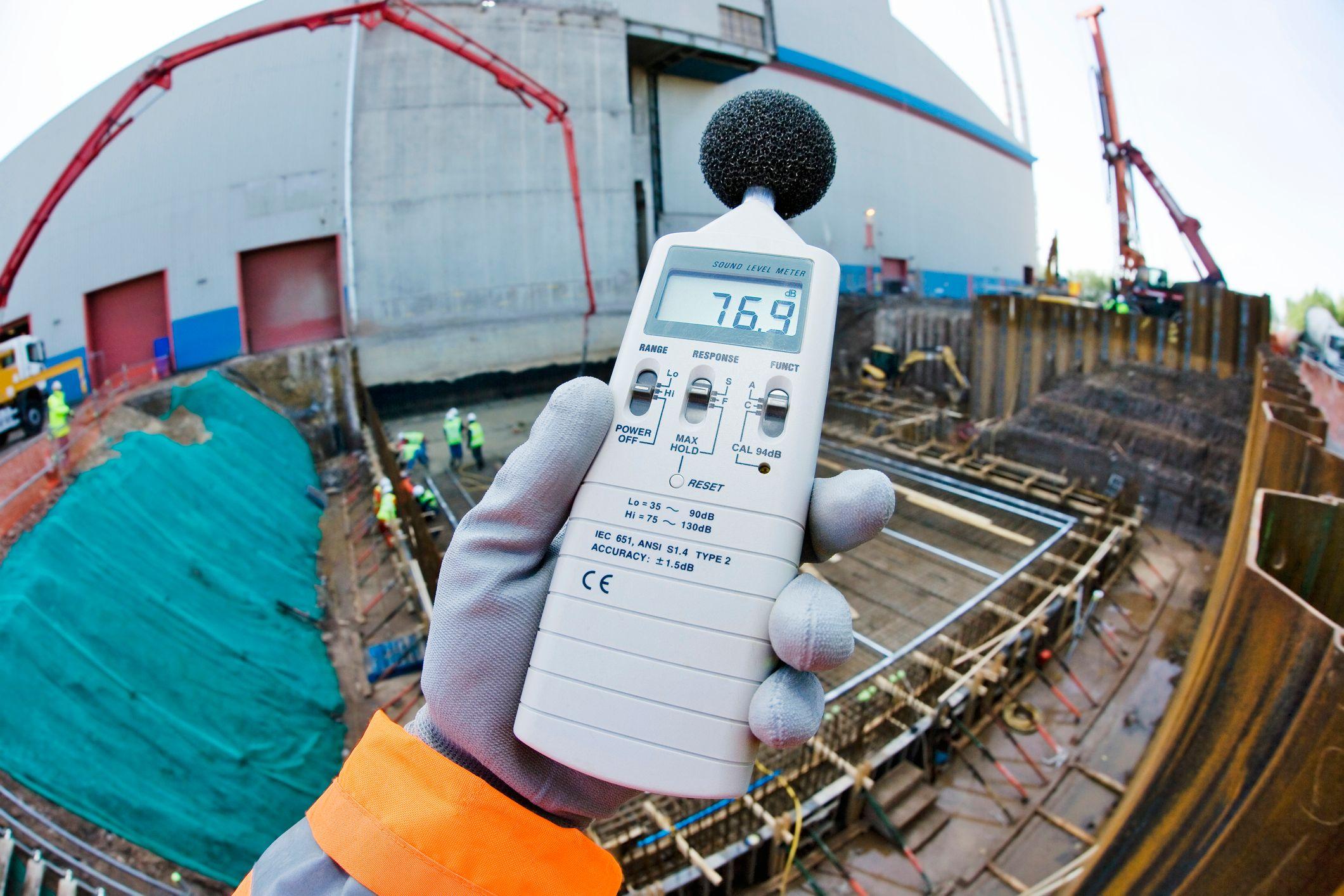August 26, 2024, 7:59 AM
August 26, 2024, 7:59 AM
More than a hundred years ago, physician, microbiologist and Nobel Prize winner Robert Koch warned: “One day mankind will have to fight noise as fiercely as it does cholera and plague.”
Perhaps that time has come, as environmental noise is now considered the second environmental risk factor for health, only behind air pollution.
In fact, the World Health Organization (WHO) states that 22 million people suffer from chronic noise annoyance in the European Union, causing the loss of more than 1 million healthy years of life12,000 premature deaths and 48,000 cases of coronary heart disease per year.
Environmental noise is defined as any unwanted or harmful sound resulting from human activity. It can come from a variety of sources, such as road traffic, industrial activity, construction, or loud music. But when is noise considered harmful to health?
According to the European Noise Directive, Exposures greater than 55 dB to noise levels equivalent to the day-evening-night period are harmful.
In other words, being exposed 24 hours a day, 365 days a year, to noise equivalent to that emitted by a conversation causes adverse effects on health.
Surprisingly, some 10,137,000 people in Spain are exposed to road traffic levels above this threshold.

Noise makes us sick
And that poses a public health problem.
The main non-auditory effects recognised by the WHO and the European Environment Agency include sleep problems and their short- and long-term consequences: impaired cognitive development, metabolic disorders, cardiovascular problems, etc.
And annoyance, a lot of annoyance. In fact, if we were to ask an expert in environmental noise what the main effect of noise is, the answer would probably be “annoyance.”
Furthermore, the recent noise response model, which characterizes the mechanism by which noise affects health, emphasizes an indirect pathway.
This indirect route involves cognitive perception of noisewhich leads to brain activation and the emotional response of discomfort.

That is, we are aware that there is noise and it bothers us. If this sensation continues over time, it can cause stress.
Psychological stress from noise depends on individual sensitivity and the ability of each person to cope with stressful situations. It is believed that our mind has a mechanism to not be bothered by noise: habituation.
It is a mechanism by which the perception of noise is removed from consciousness, and the emotional activation of the prefrontal cortex is reduced. We stop feeling discomfort.
Hence, people who live in noisy environments get used to living with it. Problem solved? Not at all, because this psychological habituation mechanism does not imply physiological habituation.
The physiological reaction of the body is inevitable
Even though we feel like we’re getting used to the noise, the physiological reaction continuesNoise activates the hypothalamic-pituitary-adrenal (HPA) axis and the sympathetic nervous system.
The HPA axis is a neuroendocrine axis that, among other processes, coordinates the stress response and the immune system. On the other hand, the sympathetic nervous system is part of the autonomic nervous system and prepares the body for stressful or emergency situations.
The simultaneous activation of these two systems causes the body to release stress hormones: cortisol, the stress hormone par excellence, and catecholamines, such as adrenaline or noradrenaline.

When they reach the blood, these hormones cause the movement of stored energy to the muscles.
As a result, heart rate, blood pressure and respiratory rate increaseAt the same time, metabolic processes such as digestion, growth and immune response are disabled.
This set of reactions is very important for survival and in acute stress situations the body is able to self-regulate and return to the basal levels of these hormones.
When stress becomes chronic, however, the body loses the ability to recover.
This phenomenon is called allostatic overload.
Chronic stress has been shown to increase inflammation, suppress immunity and lead to vascular system problems. This in turn is linked to the risk of heart disease, hypertension, diabetes and neurological diseases.
Let’s silence the noise
It is said that a world without noise is no world. But a world without rest and health is no world either. Therefore, Interventions to reduce noise exposure are vital.
The most effective interventions include changing the pavement to reduce friction, reducing the maximum speed at which vehicles travel in city centres, temporal and spatial restrictions on emission sources, the construction of noise barriers and efficient urban planning.
A good example of urban measures is the project of the Barcelona super islands.
These are groups of nine blocks where traffic is restricted to the peripheral streets, with the aim of reducing pollution from motor vehicles and prioritising the circulation of pedestrians and cyclists.

This new city model reduces noise exposure, improves air quality and increases public and recreational use of the area.
In this project, in addition to restricting traffic, the Removal of asphalt and increasing green spaces.
Green spaces are known to have the ability to mitigate noise, environmental pollution, high temperatures and artificial light. Not to mention that they encourage physical activity and facilitate social interaction.
So what are we waiting for? By 2050, 68% of the world’s population is expected to live in cities, and 75% of Europe’s population already lives in cities.
What kind of city do we want to live in? I have it clear, and you?
*Ane Arregi Otxotorena is a member of the Environmental Epidemiology and Child Development Group, Faculty of Psychology, University of the Basque Country / Euskal Herriko Unibertsitatea. Her article was published in The Conversation and you can find the original version here read here.

And remember that you can receive notifications in our app. Download the latest version and activate them.
















